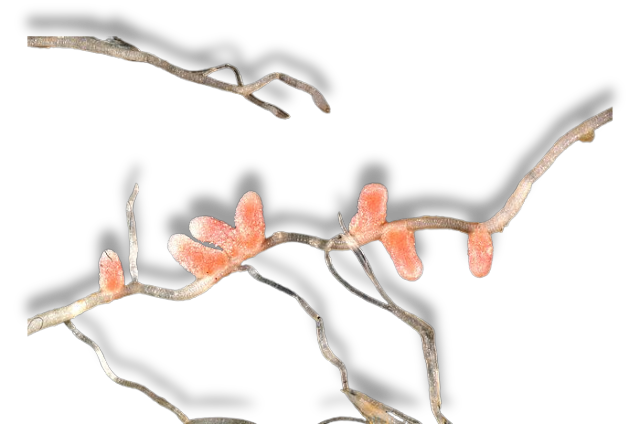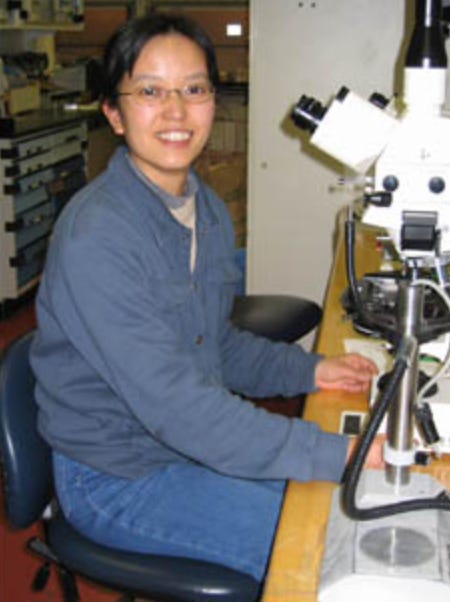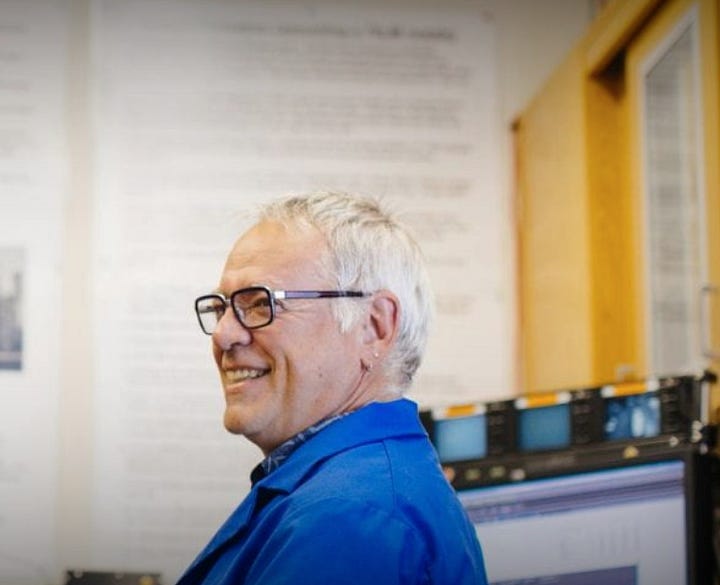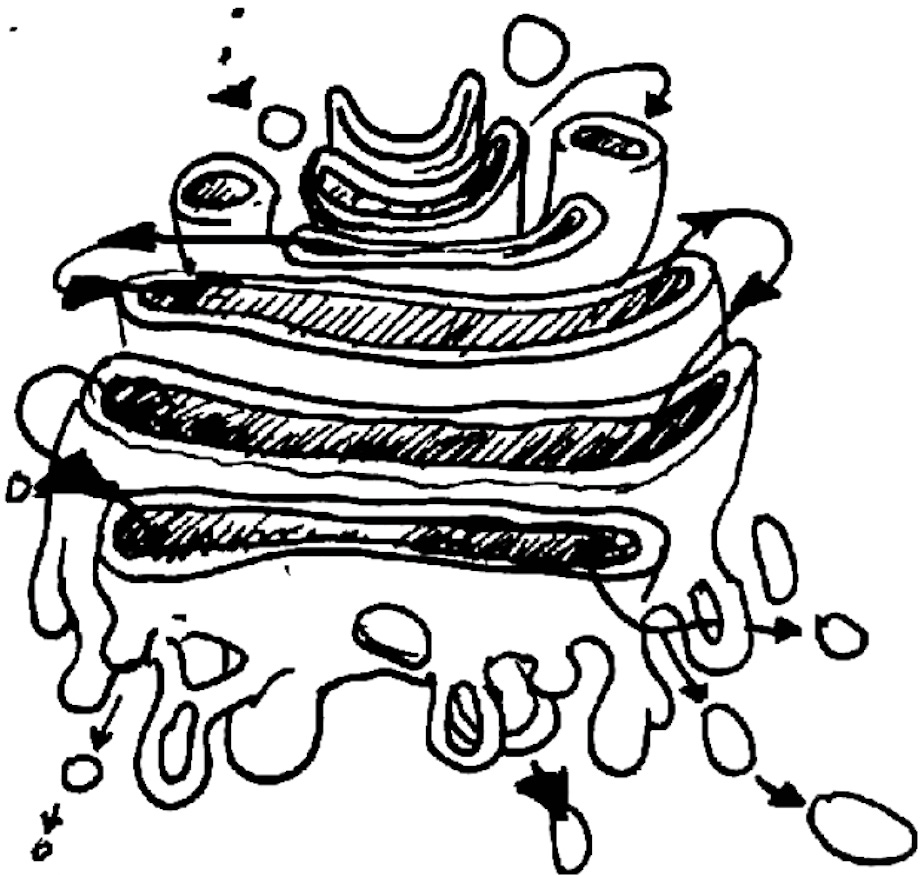Babe wake up, new organelle just dropped
(for the fourth time ever)
allow me to introduce you to:
But first, a very quick review of NITROGEN FIXATION
So there’s lots of nitrogen gas in our air (air = 78% nitrogen, 21% oxygen, 0.04% carbon dioxide, 0.96% miscellaneous other gases). Nitrogen doesn’t interact with much as it is, but nitrogenous stuff is in lots of living things (like soil, lots of food, coal, also DNA).
Nitrogen is hard to break down. Nitrogen fixation (the process of turning it into forms that can be used) only occurs from lightning, ultraviolet rays, or little teeny bacteria that live in the roots of plants (usually beans).


Those bacteria are one of the only ways nitrogen fixation can occur. As a reminder, bacteria are relatively simple critters made of prokaryotic cells with no internal organelles, while animals (such as you), plants, and fungi are all made of eukaryotic cells with lots of organelles. Just this month, scientists have observed one of those nitrogen fixing bacteria existing as an organelle inside a eukaryotic cell. In other words, team eukaryote just scored a new organelle, babyy!!
The first time that one cell was engulfed by another and became a functioning part of the cell instead of just being eaten was when mitochondria formed 1.45 billion years ago. The mitochondria becoming a part of the cell is what initiated the evolution of all animals, plants, and fungi as distinct from bacteria. It was one of the biggest moments in our origin story. This newly observed engulfment is the fourth time!
(To clarify, the nitroplast likely started forming about 100 million years ago, but was only very recently discovered, which is the exciting part)
This discovery was made possible by decades (decades!) of work by scientists from around the world. Two papers were published this month that gave conclusive evidence that the nitroplast really truly seriously is a real part of the host cell:
1. The growth rate of the nitrogen-fixing bacteria matches the growth rate of the host cell, which shows that their metabolisms are connected
2. The nitrogen-fixing bacteria imports proteins from the host cell, which shows that the bacteria genome is getting smaller as it is depending more and more on the host cell for genetic information
click the underlined text ⬆️ to check out the papers themselves




Here’s a cool short film with more details from the research group at UC Santa Cruz that made this discovery ✨
Last year, I made a little guide to the different organelles in eukaryotic cells. They’re six pages long and filled with drawings I did to try to capture the essence of the eukaryotic cell:
I also set up the option to buy all three zines I’ve made in a smaller size:
I’d like to start experimenting with some new ways of printing my art, so I am hoping to clear out my current inventory. Large prints are now only $15, medium prints are now $10, and small prints are still $7. You can see the prints I have available here:
One third of the profits I earn from online sales are donated to humanitarian aid in Gaza.
Have a great day!










Always learning something new from you; so thank you, cuz my brain has been on vacation!